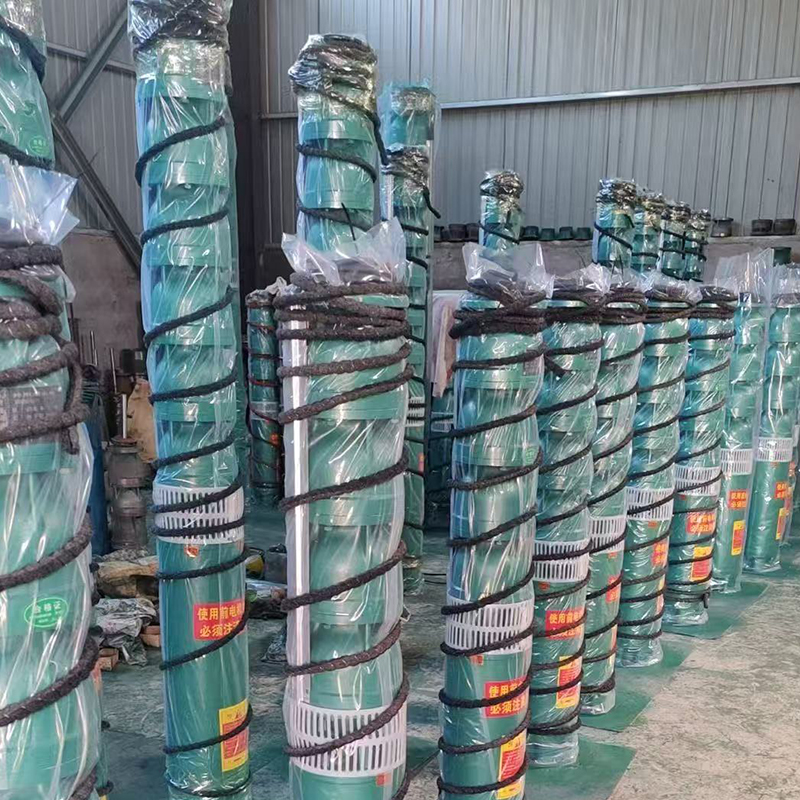The Power of Slurry Pumps: Essential Tools for Heavy-Duty Tasks
Understanding Slurry Pumps
When it comes to moving thick, muddy liquids, you can't just use any old pump. Enter the slurry pump! This indispensable piece of equipment is designed to handle the toughest of materials, making it a must-have in industries like mining, construction, and waste management. But what exactly makes a slurry pump stand out from regular pumps? Let’s dive in!
What is a Slurry Pump?
A slurry pump, as the name suggests, is specifically engineered to transport slurry—a mixture of solid and liquid. It’s like a superhero for your fluids, capable of tackling everything from coal slurry to sewage sludge. Think of it as the workhorse of industrial pumping systems.
How Does a Slurry Pump Work?
Okay, so how does this bad boy actually work? Well, slurry pumps utilize centrifugal force to move the mixture through a series of impellers and volutes. Picture a merry-go-round: the faster it spins, the more energy it transfers. This is precisely what happens inside a slurry pump, creating the pressure needed to push thick materials through pipes efficiently.
Key Components
- Impeller: The heart of the pump, responsible for creating flow.
- Suction and Discharge Ports: The entry and exit points for the slurry.
- Wear Liners: Protect the pump from abrasive materials, ensuring longevity.
Applications of Slurry Pumps
So, where do you find these versatile pumps in action? Here are a few common applications:
- Mining: Transporting ore and tailings.
- Construction: Moving concrete slurry and other thick substances.
- Wastewater Treatment: Handling sewage and sludge.
Benefits of Using a Slurry Pump
Using a slurry pump comes with a host of advantages:
- Efficiency: Designed to handle high solids content, they reduce downtime.
- Durability: Built with tough materials to withstand abrasion and corrosion.
- Versatility: Suitable for various applications in different industries.
Choosing the Right Slurry Pump
Now that you’re sold on the idea of slurry pumps, how do you pick the right one? It’s not a one-size-fits-all situation, folks! Consider the following factors:
- Type of Slurry: Know what you’re pumping—solids size, chemical composition, etc.
- Flow Rate: Determine how much slurry you need to move and how quickly.
- Head Requirements: Understand the vertical distance the slurry needs to travel.
Maintenance Tips for Slurry Pumps
To keep your slurry pump running smoothly, regular maintenance is key. Here are a few tips to keep it in tip-top shape:
- Inspect Regularly: Look for wear and tear, especially on the impeller.
- Clean the System: Remove any buildup to avoid clogs.
- Monitor Performance: Keep an eye on flow rates and pressure to catch issues early.
In Conclusion
In summary, slurry pumps are vital for a variety of industries that deal with thick, challenging materials. By understanding how they work and the benefits they offer, you can make informed decisions when it comes to selecting and maintaining this essential equipment. So, the next time you find yourself facing a sticky situation, just remember: a slurry pump could be your best ally!
TAG:
Related Posts
Navigating the Waters of Industry: The Power of Slurry Pumps













